
Setting a Price for Your Knives: A Guide for Knife Makers
Neels Van Den BergAs a skilled knife maker, you've put your heart and soul into crafting exceptional blades. Now comes the crucial step of determining the right price for your knives. Finding the balance between profitability and customer appeal can be a challenging task. In this guide, we will explore effective strategies and considerations to help you set a fair and competitive price for your handcrafted knives. So, let's dive in!
Setting a Price for Your Knives: Finding the Right Balance
When it comes to setting the price for your knives, it's crucial to take several factors into consideration. Let's start by understanding your costs.
Understanding Your Costs
Calculating Material Costs
Before pricing your knives, calculate the expenses incurred in acquiring the raw materials. Consider the type of steel, handle materials, embellishments, and any other components involved.
Factoring in Labor Costs
Take into account the time and effort you invest in crafting each knife. Determine a reasonable hourly rate for your craftsmanship, considering your experience, skill level, and the intricacy of the design.
Considering Overhead Expenses
Include indirect costs, such as utilities, workspace rent, tool maintenance, advertising, and packaging. These expenses contribute to the overall cost of each knife and should be factored in.
Researching the Market
To effectively price your knives, it's essential to gather insights from the market.
Analyzing Competitor Pricing
Research other knife makers in your niche and analyze their pricing structures. Consider factors such as materials used, craftsmanship quality, and brand reputation. This will help you position yourself competitively in the market.
Identifying Your Unique Selling Points
Determine what sets your knives apart from the competition. Do you offer unique designs, exceptional craftsmanship, or special features? Highlighting your unique selling points will allow you to justify a higher price.
Assessing Customer Demand
Understand your target market and their preferences. Gauge the demand for your knives by engaging with potential customers, attending trade shows, or leveraging online communities. This knowledge will help you gauge the market's willingness to pay for your products.
Determining Perceived Value
Perceived value plays a significant role in pricing your knives.
Evaluating Quality and Craftsmanship
Emphasize the quality and craftsmanship of your knives. Showcase the attention to detail, precision, and durability of your blades. Customers are often willing to pay more for superior craftsmanship.
Brand Reputation and Prestige
If you've established a reputable brand or have a strong presence in the knife-making community, your knives may command a higher price due to the perceived prestige associated with your brand.
Target Market and Buyer Persona
Consider the purchasing power and preferences of your target market. Some buyers may be willing to invest in premium knives, while others might prioritize affordability. Understanding your customers will help you align your pricing with their expectations.
Pricing Strategies
Now that you have a deeper understanding of your costs and the market, it's time to explore different pricing strategies.
Cost-Plus Pricing
Cost-plus pricing involves adding a markup percentage to your total costs. This straightforward approach ensures that you cover your expenses while generating a profit.
Value-Based Pricing
In value-based pricing, you set your prices based on the perceived value your knives offer to customers. Consider the benefits, unique features, and emotional appeal your knives provide, and price accordingly.
Competitive Pricing
Competitive pricing involves positioning your prices relative to your competitors. You can choose to match their prices, set them slightly lower to attract customers, or establish a premium price to reflect your superior craftsmanship.
Psychological Pricing
Psychological pricing techniques, such as ending prices with .99 or creating pricing tiers, can influence customer perceptions and increase sales. Experiment with different psychological pricing strategies to find the one that resonates best with your target audience.
Considering Profit Margins
While setting a price, it's crucial to strike a balance between profitability and competitiveness.
Desired Profitability
Determine your desired profit margin and ensure that your pricing structure aligns with your long-term financial goals. Remember to account for taxes, reinvestment, and future growth.
Balancing Demand and Margins
Consider how price impacts demand. Higher prices may result in lower sales volume but higher profitability per unit sold, while lower prices can stimulate demand but may reduce your margins. Find the sweet spot that optimizes both.
Long-Term Growth and Sustainability
Setting a sustainable pricing strategy is vital for the long-term success of your knife-making business. Focus on creating value for your customers while ensuring your profitability and growth potential.
Adapting to Market Trends
Stay flexible and adapt your pricing to market trends and customer preferences.
Seasonal and Trending Demand
Take advantage of seasonal trends or emerging styles to introduce limited-edition collections or themed knives. Adjust your prices accordingly to match the demand during these periods.
Limited Editions and Customization
Offering limited editions or customization options allows you to charge premium prices. Customers often value exclusivity and personalization, justifying a higher price tag.
Offering Additional Services or Bundles
Consider offering complementary services like knife sharpening, maintenance, or unique packaging. Bundling these services with your knives can add value and justify higher prices.
Testing and Adjusting
Continuously monitor the market and gather feedback to make informed pricing decisions.
Monitoring Sales and Feedback
Analyze sales data and customer feedback to gauge the success of your pricing strategy. Keep track of which knife models sell best and adjust prices based on their performance.
Gathering Customer Insights
Engage with your customers through surveys or social media to understand their perception of your pricing. This feedback can be invaluable in fine-tuning your pricing approach.
Making Iterative Pricing Changes
Pricing is not set in stone. Be open to making iterative changes as you learn more about your market and your customers' preferences.
Conclusion
Setting the right price for your knives requires a delicate balance between cost, market demand, perceived value, and profitability. By understanding your costs, researching the market, and experimenting with different pricing strategies, you can confidently price your knives in a way that appeals to your target audience while ensuring your business's long-term success.
Frequently Asked Questions (FAQs)
Q1:What if my production costs fluctuate?
Fluctuating production costs are common in the knife-making industry. Stay updated with your suppliers and adjust your pricing accordingly to maintain profitability.
Q2: How can I stand out from other knife makers?
Emphasize your unique craftsmanship, distinct designs, and focus on building a strong brand presence to differentiate yourself from competitors.
Q3: Should I offer discounts or promotions?
Offering limited-time discounts or promotions can attract new customers and create a sense of urgency, but be mindful of their impact on your long-term pricing strategy.
Q4: Is it better to sell online or through retail stores?
Both channels have their advantages. Online sales offer a wider reach, while retail stores allow customers to experience your knives firsthand. Consider a hybrid approach for maximum exposure.
Q5: How often should I review my pricing strategy?
Regularly review your pricing strategy at least once a year, or when significant market changes occur. Staying adaptable will ensure you remain competitive.

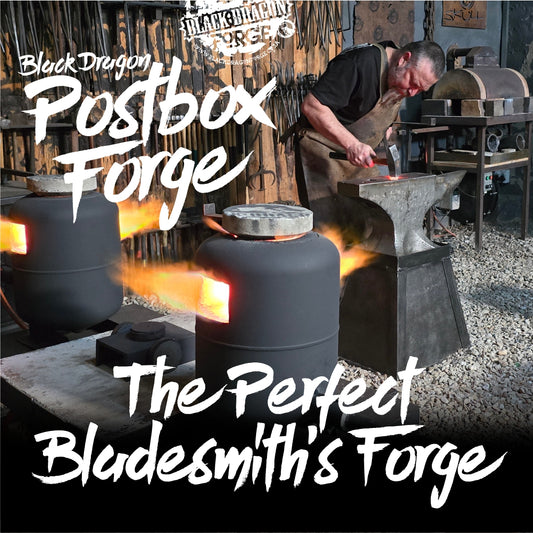
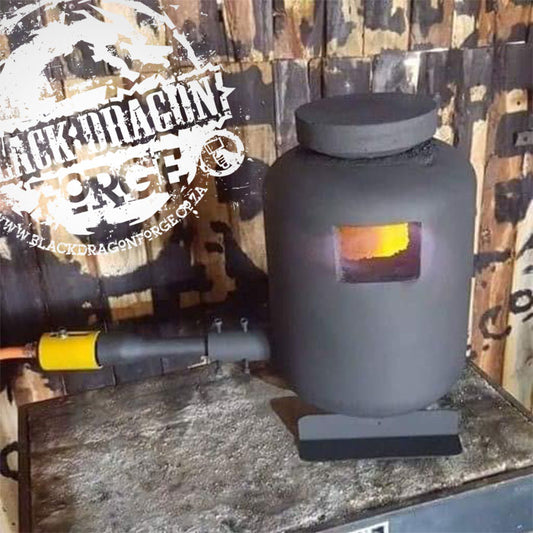
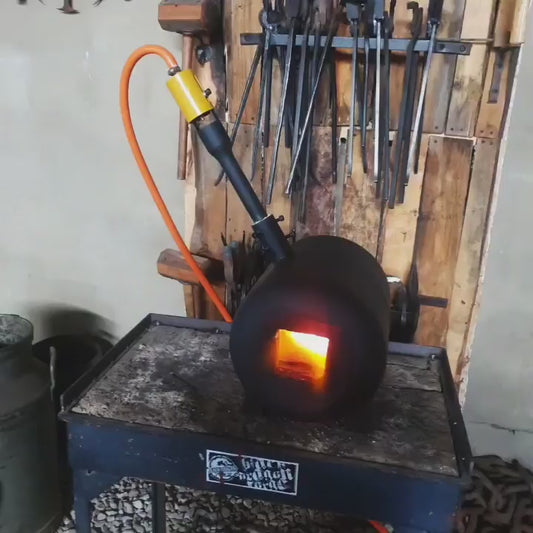
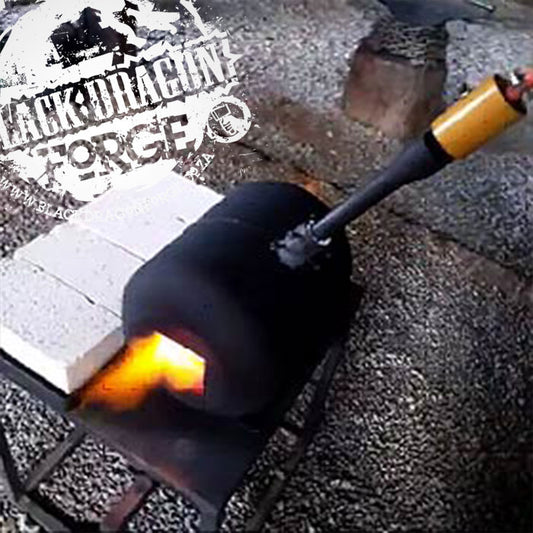
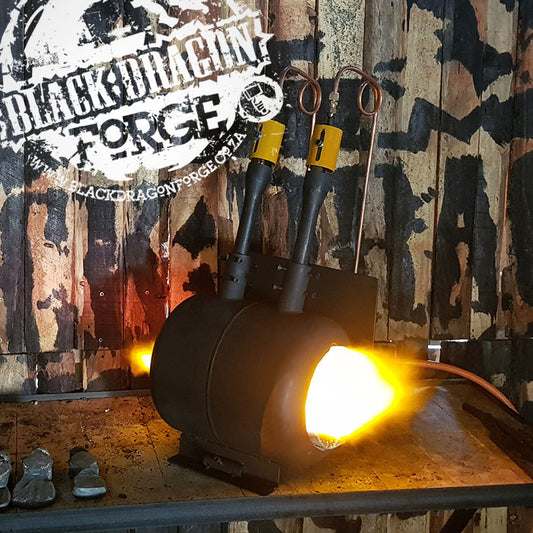
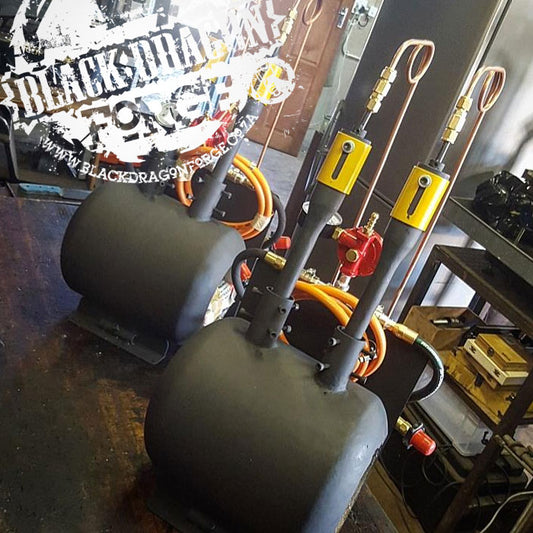
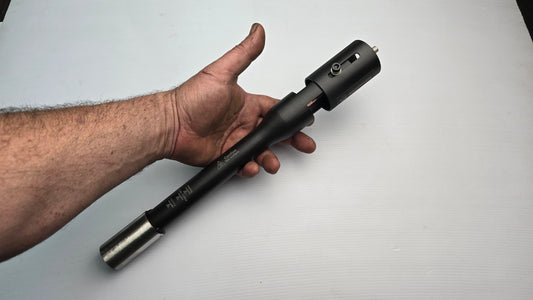
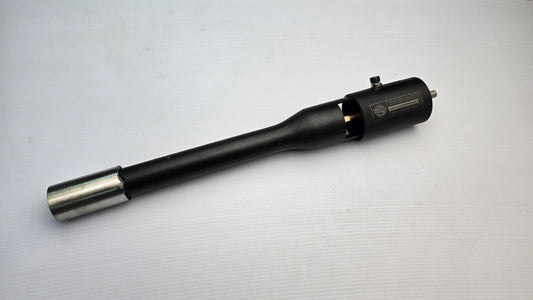
1 comment
What a great, informative piece Neels!
Thank you for sharing and putting back into the community.